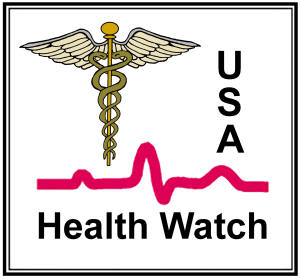
Daniel Perez, PhD
Mar. 15, 2023
One Health and the potential of H5N1
jumping from Birds to Humans
Daniel Perez, PhD discusses avian influenza viruses. Some, such
as the H5N1 are highly pathogenic and have low infectivity in humans
while others have low pathogenicity such as the H9N2 virus but are
highly infectious in humans. Even though the H5N1 has caused a massive
avian pandemic, there are relatively few cases in humans in the past 6
years compared to 2015 and before. Thus, the risks to humans are low,
but there is significant concern regarding risks to our food supply.
Whole inactivated virus adjuvanted vaccines gave a stronger
immunological response than modified attenuated viral vaccines. However,
immunomodulators can increase the response to attenuated viral vaccines.
Vaccination of poultry is labor intensive. The use of attenuated live
viral vaccines has distinct advantages in agriculture. In addition, some
countries will not import vaccinated poultry.
Several lessons can be learned regarding our current pandemic.
1. The geographic breadth and size of the current N5H1 pandemic is of
significant concern regarding possible emergence of new variants which
have increased adaption for infection of humans and mammals.
2. Viral mutations and new clades do not necessarily mean lower
pathogenicity.
3. Animal reservoirs can cause the recurrence of a viral strain which
became extinct in humans. This happened with the H1N1 influenza virus.
Health Watch USA(sm) meeting March 15, 2023.
All information contained on this website is the express opinion /span>
of the presentor and not necessarily that of
Health Watch USA Inc. a Kentucky Non-Profit Organization
The Video Above is a Health Watch USAsm Video.
Health Watch USA is a non-profit 501-C3 Organization based in Kentucky